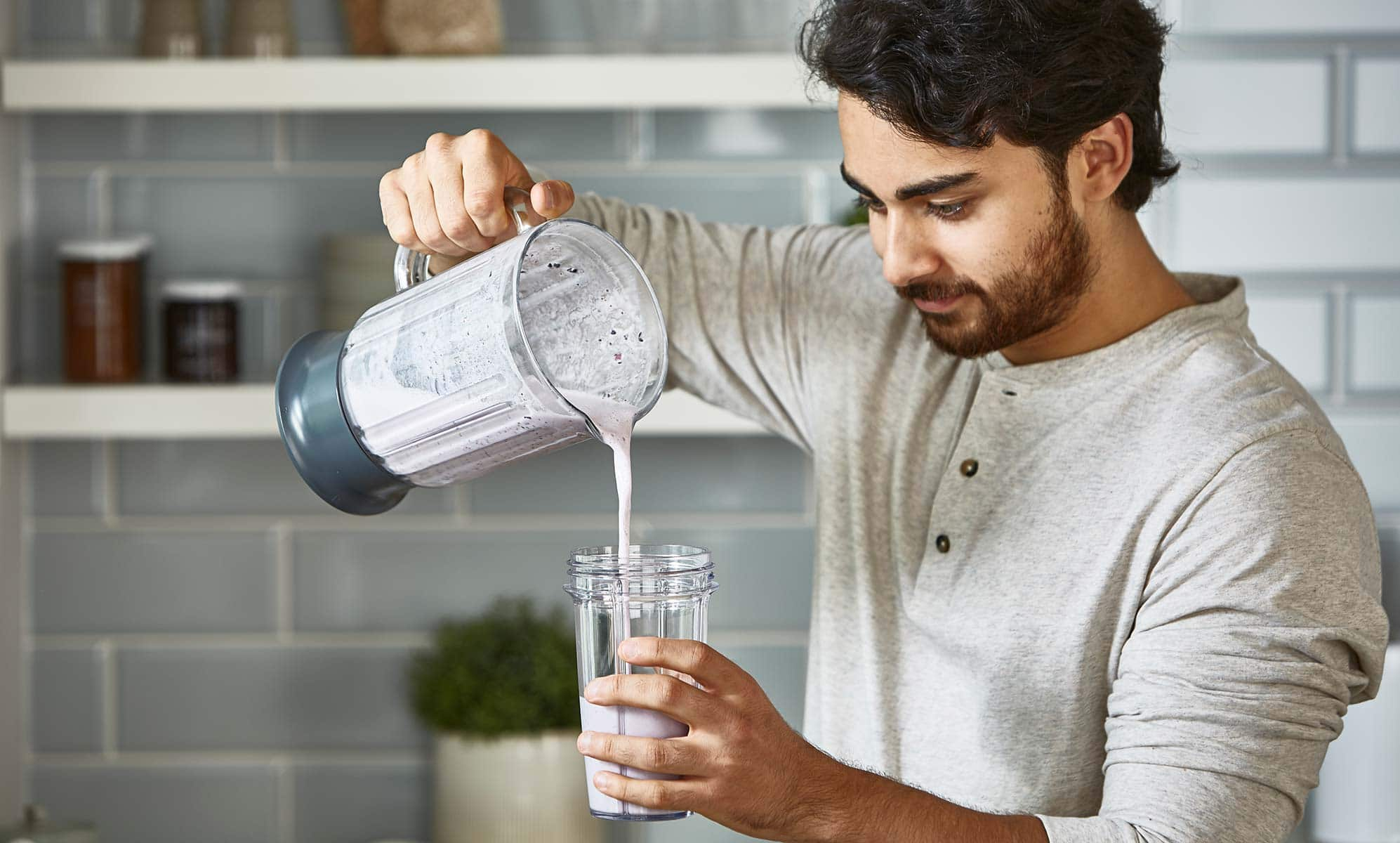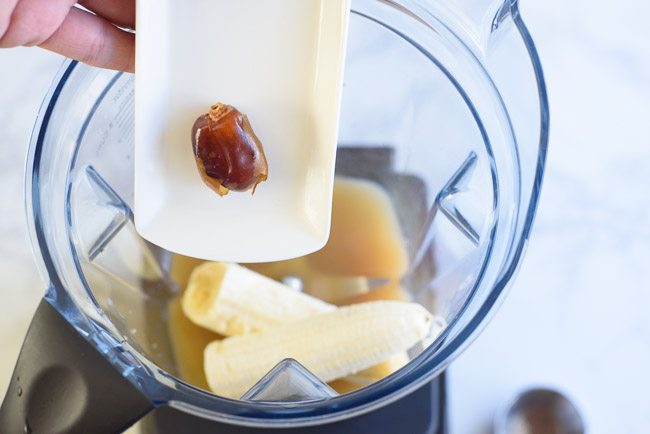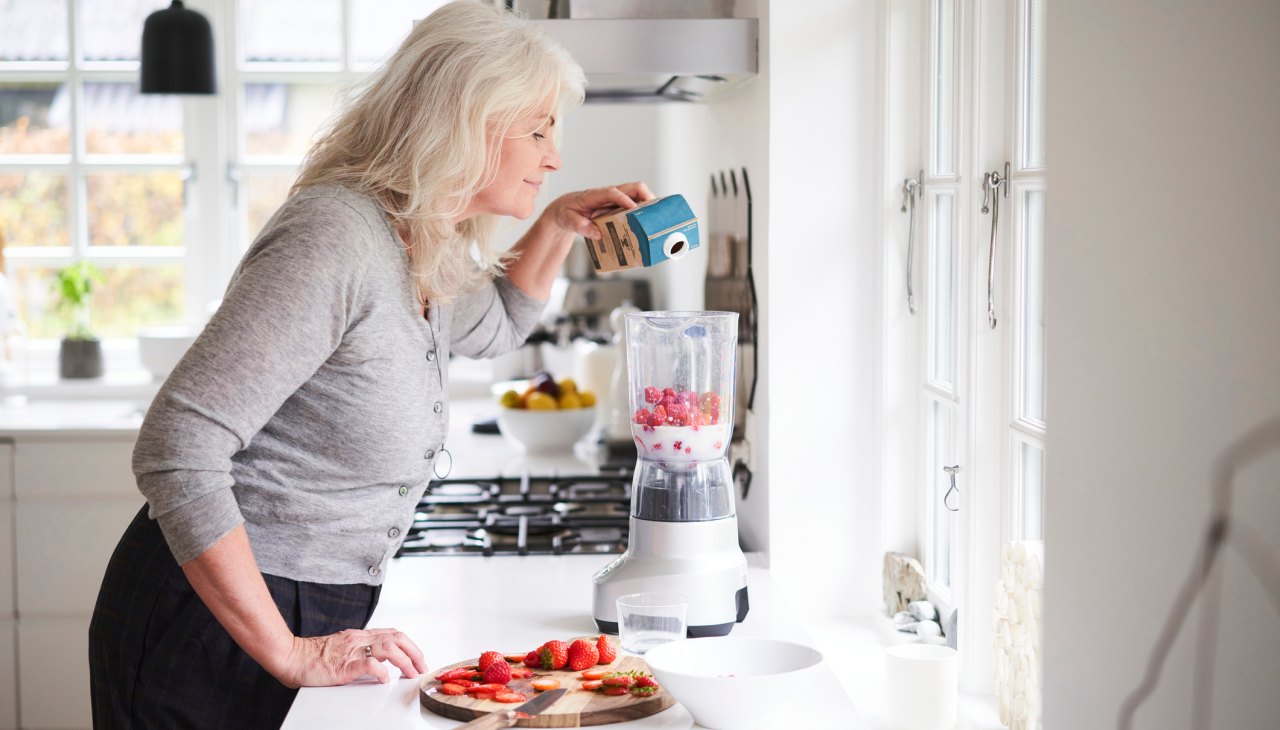The history of blenders is a fascinating journey that traces the evolution of this essential kitchen appliance from its early beginnings to the sophisticated machines we use today. Blenders have become indispensable tools in both home and professional kitchens, revolutionizing the way we prepare food and beverages. In this article, we will explore the rich history of blenders, highlighting key milestones and innovations that have shaped their development.

The Invention of the Blender
The story of the blender begins in the early 20th century when Stephen Poplawski, a Polish-American inventor, created the first electric blender in 1922. Poplawski’s invention was initially designed to mix soda fountain drinks, but it quickly found applications beyond beverages. The early blender featured a spinning blade at the bottom of a container, a design that remains a fundamental aspect of modern blenders.
The Rise of the Waring Blender
In 1937, Fred Waring, a musician and entrepreneur, introduced the Waring Blender, which became a household name. Waring’s blender was marketed as a versatile kitchen appliance capable of preparing a wide range of recipes. Its popularity soared during the 1940s and 1950s, as more households embraced the convenience of blended foods and drinks.
Blenders in the Post-War Era
After World War II, the demand for blenders continued to grow, driven by the post-war economic boom and the rise of consumerism. Manufacturers began to produce blenders in various styles and colors, catering to the tastes of the modern homemaker. The blender became a symbol of modernity and convenience in the kitchen.
Technological Advancements in Blender Design
As technology advanced, so did the design and functionality of blenders. The introduction of powerful motors and durable materials allowed blenders to handle tougher ingredients and perform a wider range of tasks. The development of blender vs food processor functionality also blurred the lines between these two appliances, offering users more versatility in the kitchen.
The Emergence of Personal Blenders
In recent years, there has been a growing trend towards personal blenders, which are compact and portable. These blenders cater to individuals looking to prepare single servings of smoothies, protein shakes, and other beverages. The popularity of personal blenders reflects the increasing demand for health-conscious and convenient meal preparation options.
Blenders in Modern Cuisine
Today, blenders are used in a variety of culinary applications, from making smoothies and soups to creating sauces and purees. They have become essential tools for professional chefs and home cooks alike, offering endless possibilities for creativity in the kitchen. The versatility of blenders is showcased in recipes like Asian-inspired casserole, which combines diverse flavors and textures.
Innovations in Blender Technology
Modern blenders are equipped with advanced features such as programmable settings, touchscreens, and wireless connectivity. These innovations enhance the user experience and make blending more efficient and precise. The latest blenders are designed to cater to various dietary preferences, including dairy-free options and vegan recipes.
The Future of Blender Technology
As technology continues to evolve, the future of blenders looks promising. Manufacturers are exploring sustainable materials, energy-efficient motors, and smart features that integrate with other kitchen appliances. The goal is to create blenders that are not only powerful and efficient but also environmentally friendly.
Blenders and Healthy Lifestyles
Blenders play a significant role in promoting healthy lifestyles by making it easier to incorporate fruits and vegetables into our diets. They are ideal for preparing nutrient-rich smoothies and juices, which have become a staple in many health-conscious households. The ability to create customized blends allows individuals to tailor their dietary intake to their specific needs.

Frequently Asked Questions
What was the first blender used for?
The first blender, invented by Stephen Poplawski, was originally used to mix soda fountain drinks. However, its functionality quickly expanded to include a variety of culinary applications.
How have blenders changed over the years?
Blenders have undergone significant changes, with advancements in motor power, materials, and technology. Modern blenders offer a wide range of features, including programmable settings and wireless connectivity.
Why are blenders important in the kitchen?
Blenders are important because they offer versatility and convenience in food preparation. They can be used to make smoothies, soups, sauces, and more, making them essential tools for both home cooks and professional chefs.
To learn more about the best blenders on the market, visit Good Housekeeping’s blender reviews.
This article contains affiliate links. We may earn a commission at no extra cost to you.

